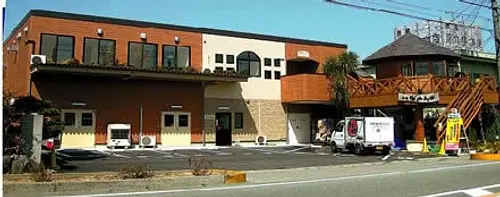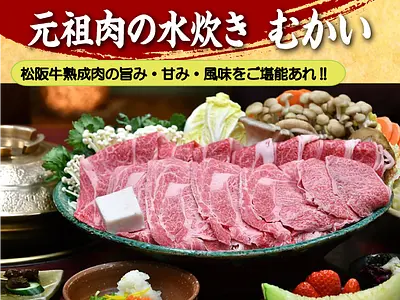Natto fans should go to “Machi no Eki Tanumise Natto Factory”! ! Challenge yourself to make old-fashioned natto♪
掲載日:2019.02.04
A must-see for natto fans! ``Machi-no-Eki Tanumise Natto Workshop'' operated by ``Okuno Foods'' in MatsusakaCity is a place where you can not only eat freshly made natto, but also enjoy a natto making experience and a factory tour. ” is an irresistible spot. Even if you don't like natto, eating this natto will instantly become your favorite!
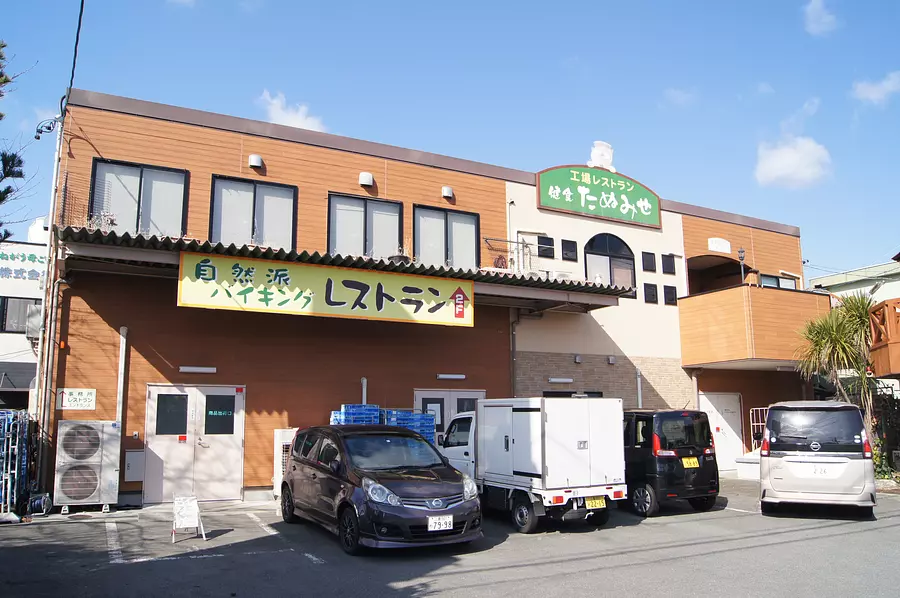
The ``Machi-no-Eki Tanumise Natto Workshop'' operated by the company is a must-see spot for ``natto fans'' as you can not only eat freshly made natto, but also enjoy natto making experiences and factory tours.
It's located along National Route 42 and has a large signboard so it's easy to find!
Today I would like to try making my favorite natto! !
(Interview: February 2019)
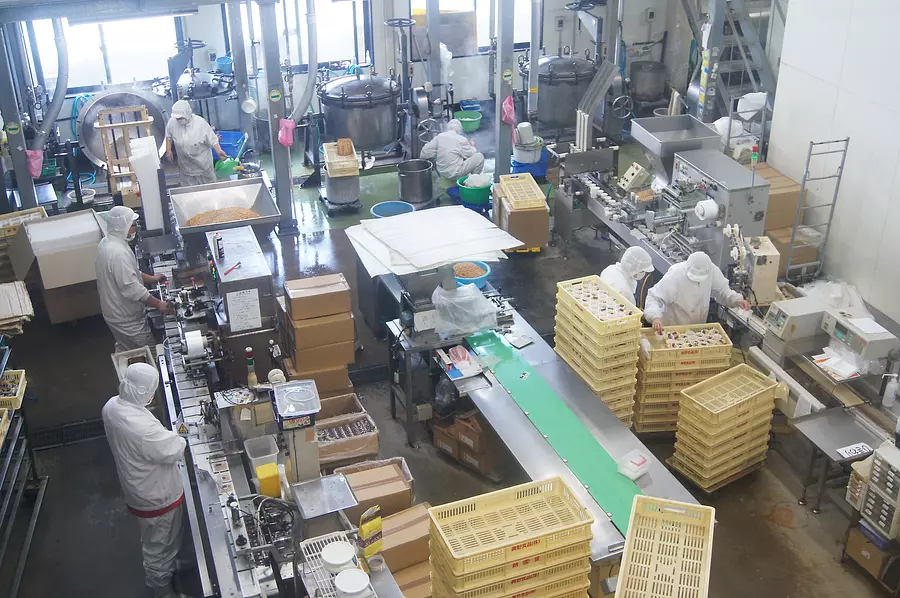
From steaming the soybeans to packaging them, the process is carried out smoothly by the hands of our skilled staff and by specialized machines.
I can't help but take a close look at what kind of innovations they have and what kind of machines they use.
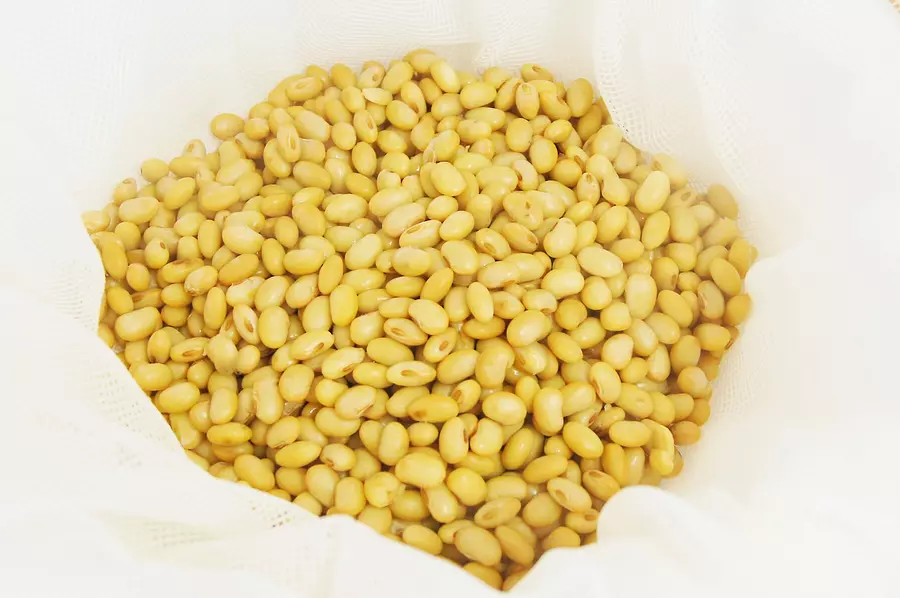
The staff member showed me the soybeans that were just steamed.
Each grain is shining. When I think that I can make natto using this soybean, I get excited!
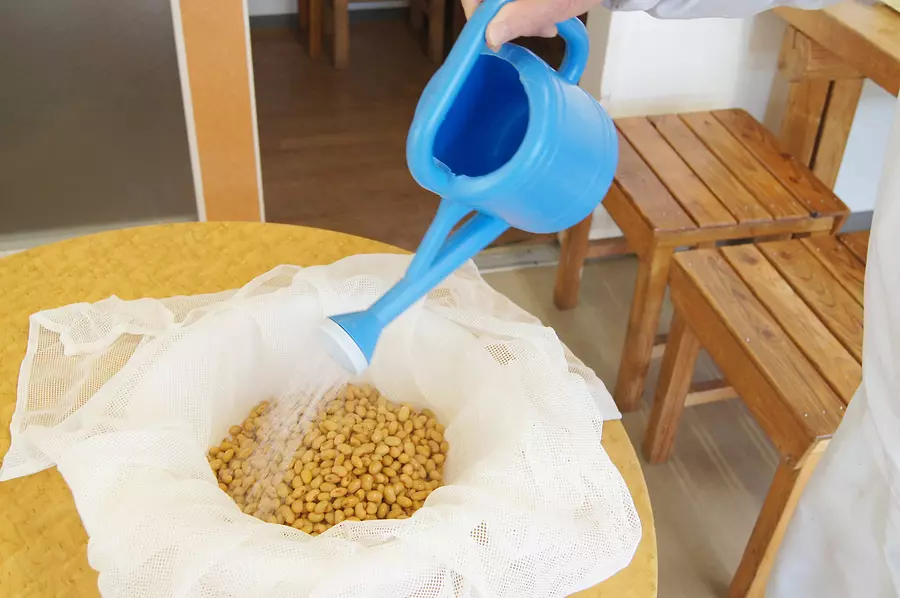
I was surprised that so much natto bacteria was added!
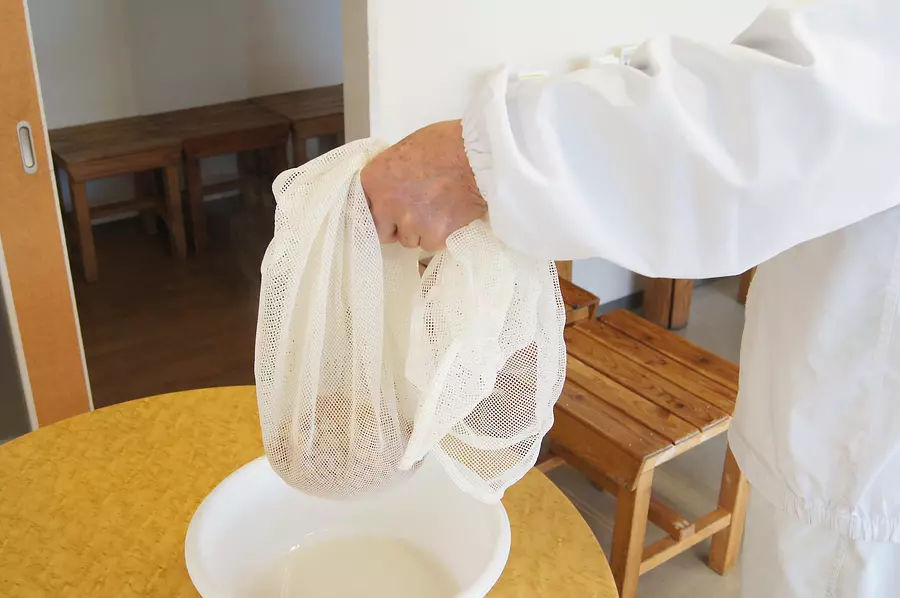
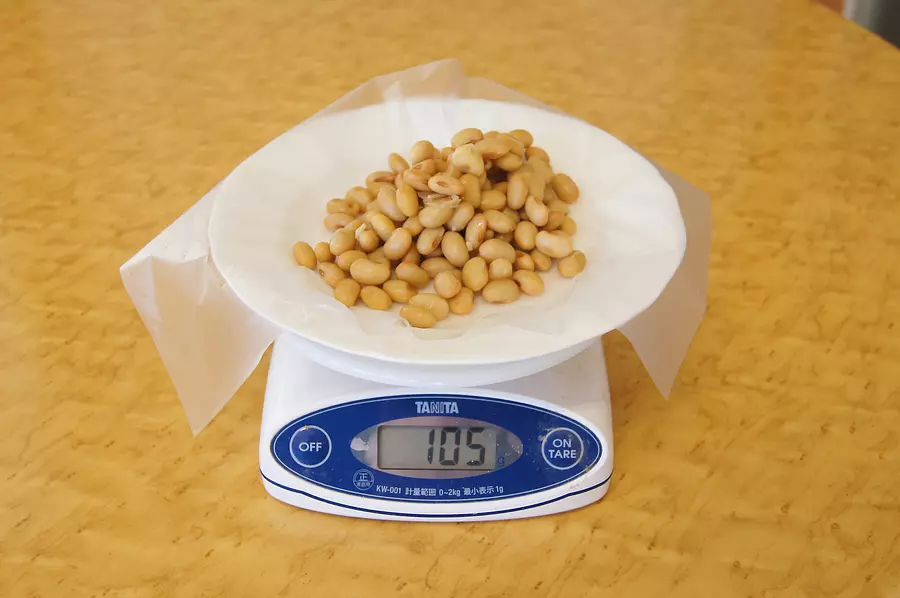
The soybeans for this experience weighed 100g. However, what I put on the scale is 105g.
why?
``Natto bacteria loves soybeans, so they eat them.This reduces the weight of the soybeans, so we weigh a little more,'' says the staff member.
Hey, this is the first trivia I learned. informative.
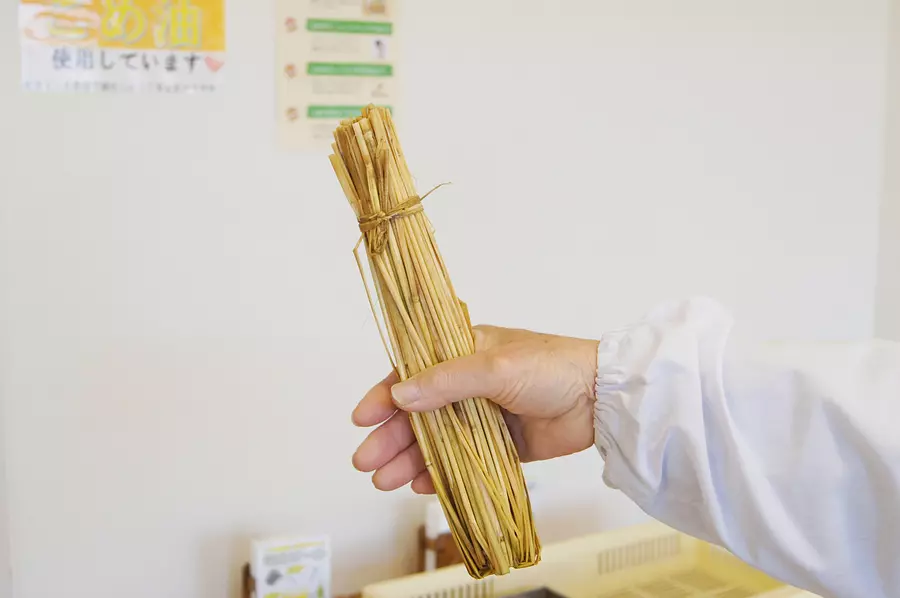
To be more precise, it is called ``warazuto.'' I wanted to try making natto using these straw bracts!
What do we do from here?
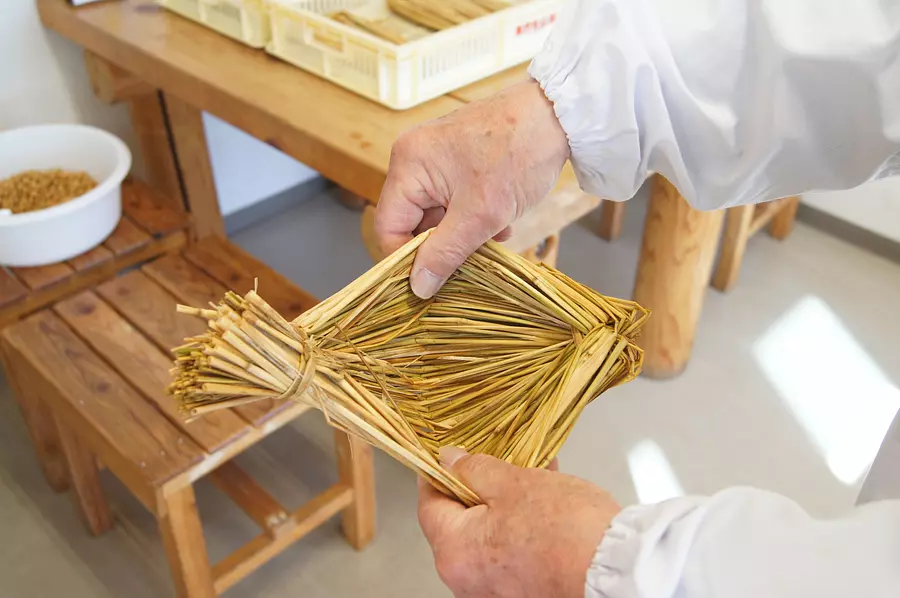
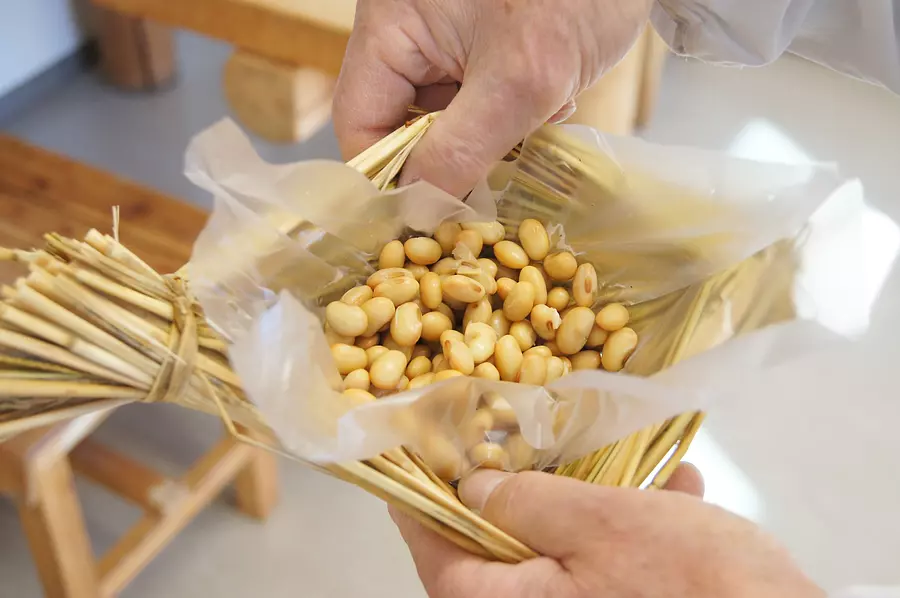
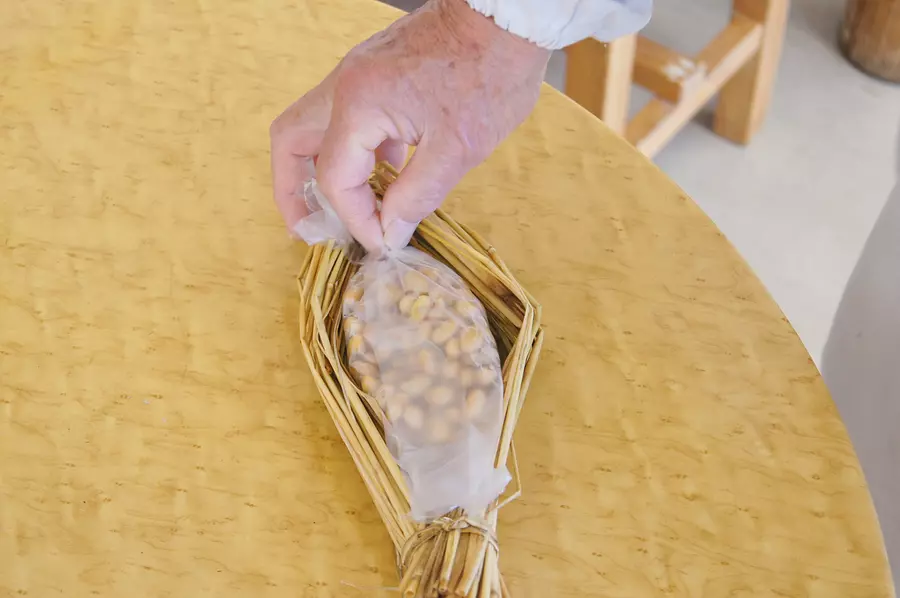
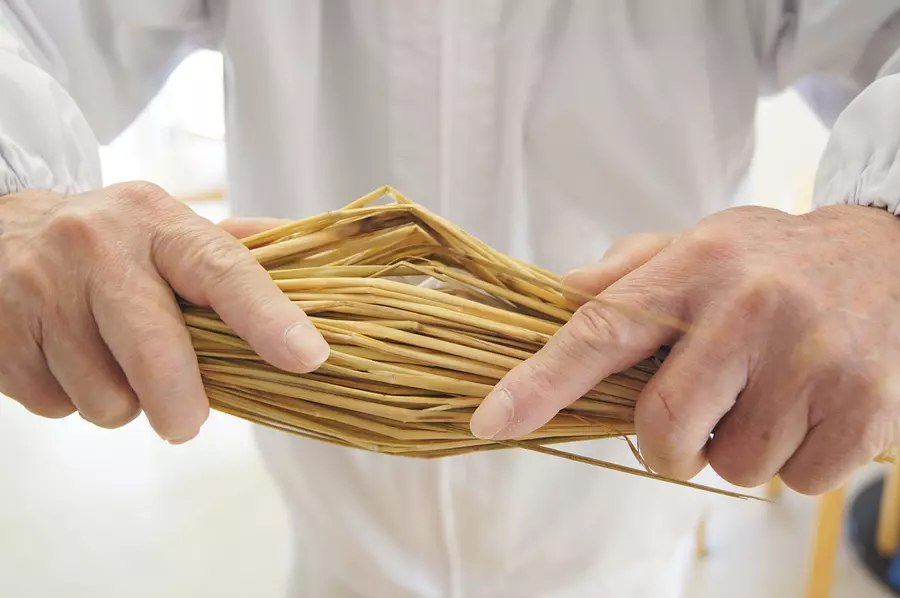
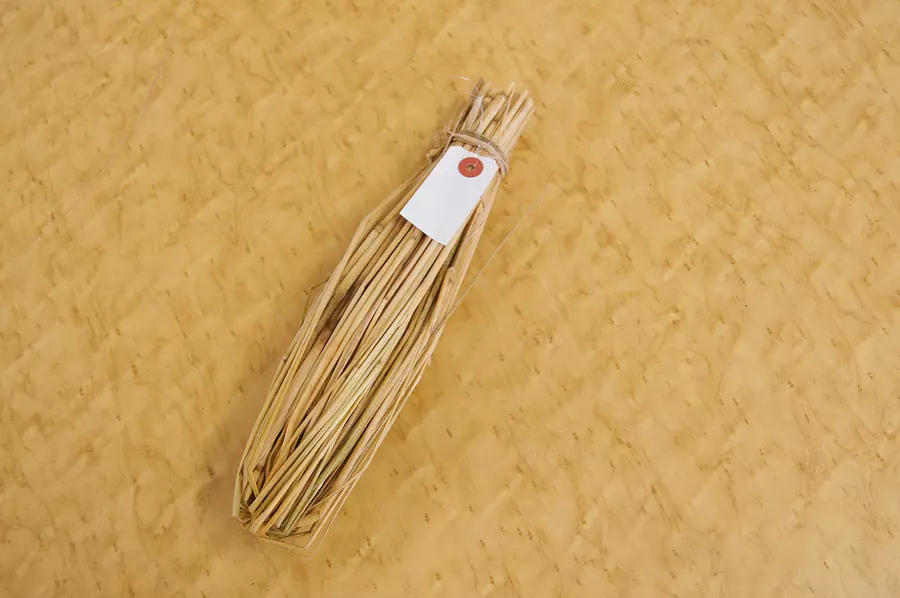
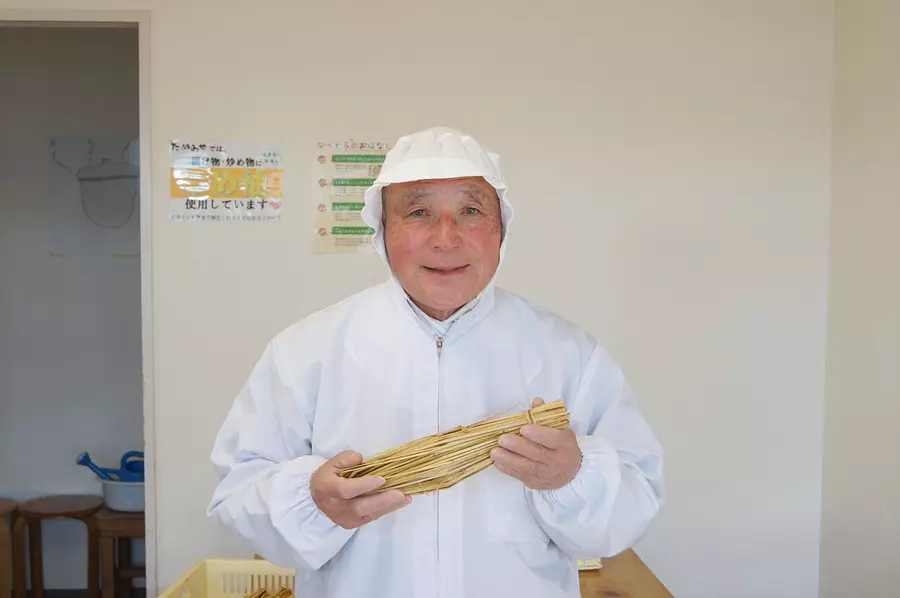
The explanations were easy to understand, they helped me when I had trouble doing the work, and I had a fun experience. thank you very much!
By the way, when I asked about the name ``Tanumise'', I was told that it came from the fact that ``the former president owned the ``Tanuki Collection.'' Consent.
[Natto handmade class]
<Experience guide fee> Adults (junior high school students and above) 300 yen, children (elementary school students and above) 200 yen
<Natto price> From 10 natto beans per family (1 group). 324 yen per bottle (tax and shipping included)
<Trial business hours> 11:00~ (negotiable)
<Required time> 1 to 2 hours
*Reservation required at least 4 days in advance. There is no trial fee for those using the restaurant.
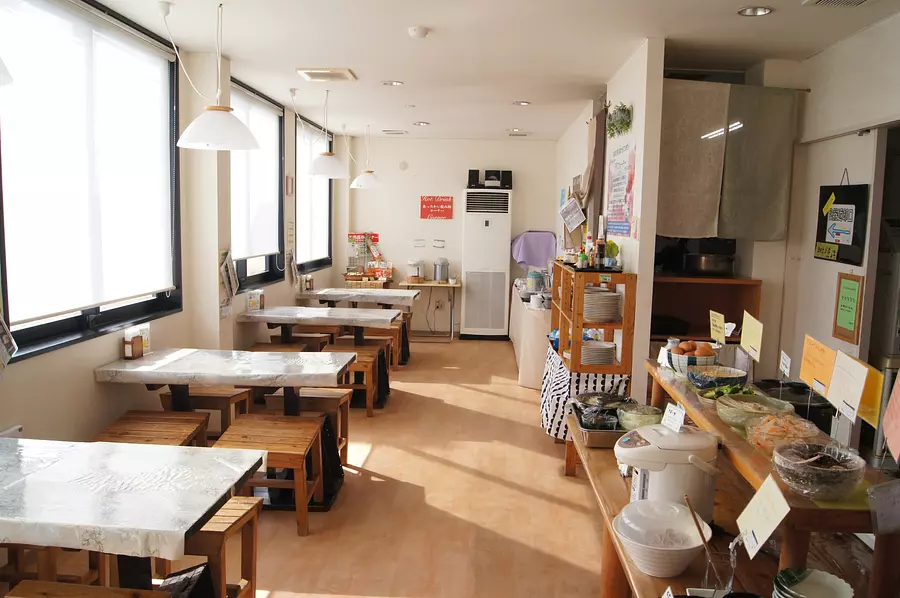
This restaurant is popular as a great value restaurant that comes with an all-you-can-eat buffet when you order a main dish.
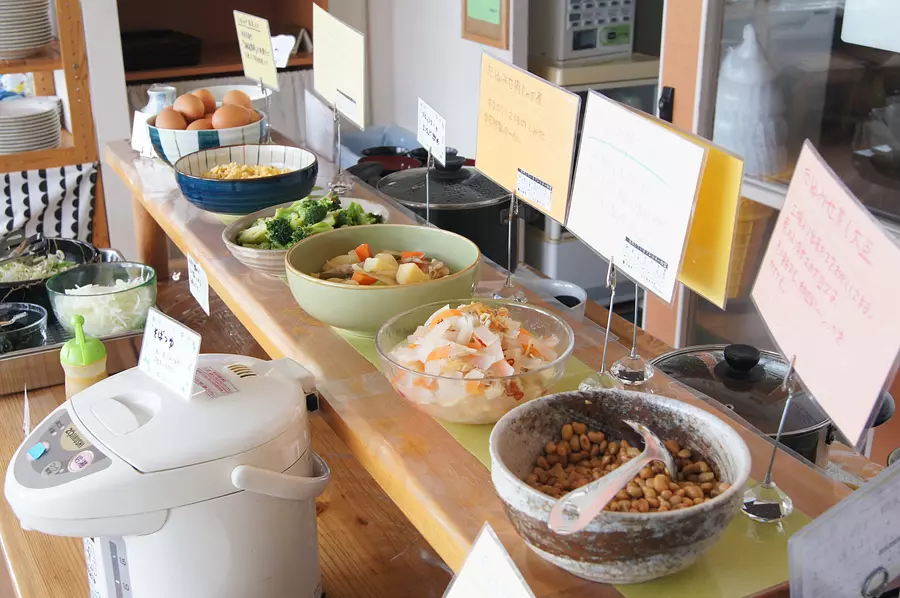
Of course, you can also eat all you can eat natto!
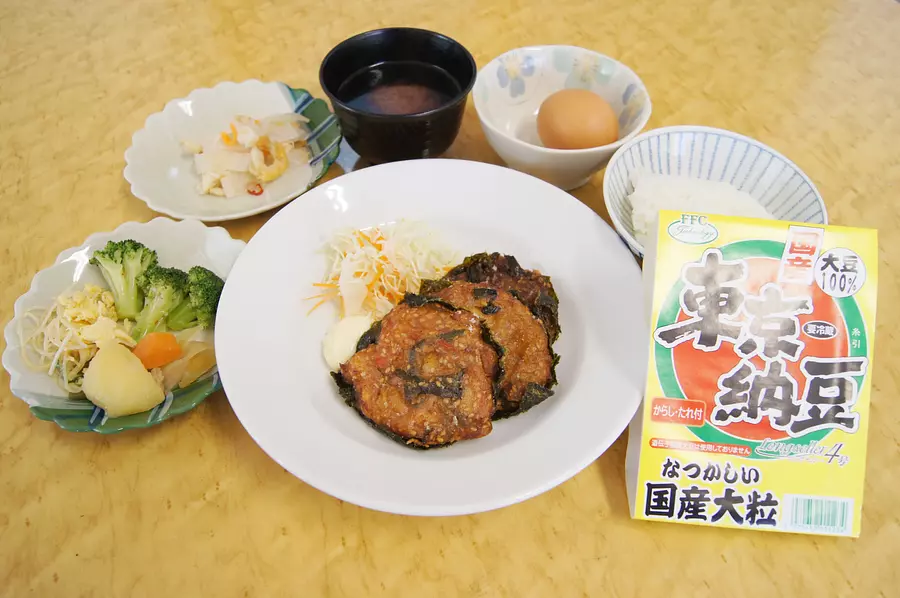
``Natto-age'' is made by kneading nutritious ingredients such as natto, chives, chikuwa, and sesame into rice flour dough, placing it on seaweed and deep-frying it. There are three flavors: plain, curry, and spicy, and the natto is a nice accent.
Okuno Foods' natto is commonly found in supermarkets in Mie Prefecture.
The large grain type has each grain firm, flavorful and delicious, and is satisfying to eat.
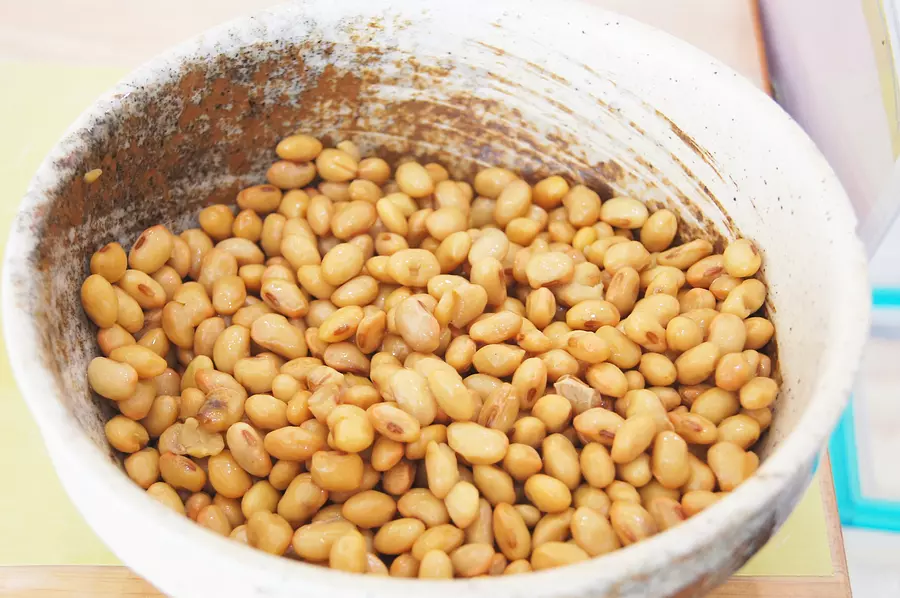
It arrives ``freshly made'' from the factory and has a fluffy texture. I was surprised at how sweet it tasted like chestnuts!
It's so delicious, I ordered another one!
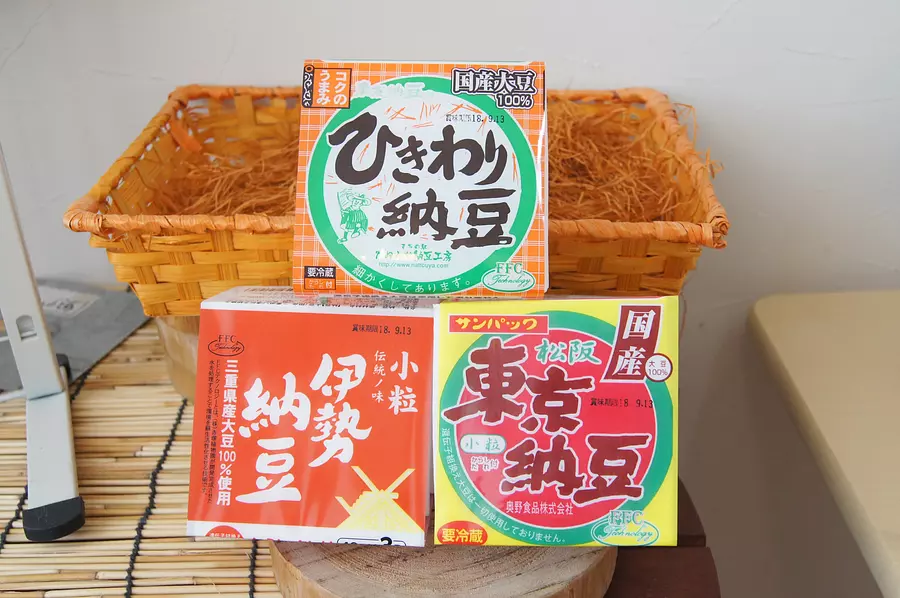
``Hikiwari Natto'' (120 yen/tax included/top photo) is made using a manufacturing method that retains its unique flavor, and ``Ise Natto'' is a reconstitution of straw natto, which is popular in Ise, into an easy-to-eat tray. (171 yen/tax included/bottom left of photo) also boasts stable popularity.
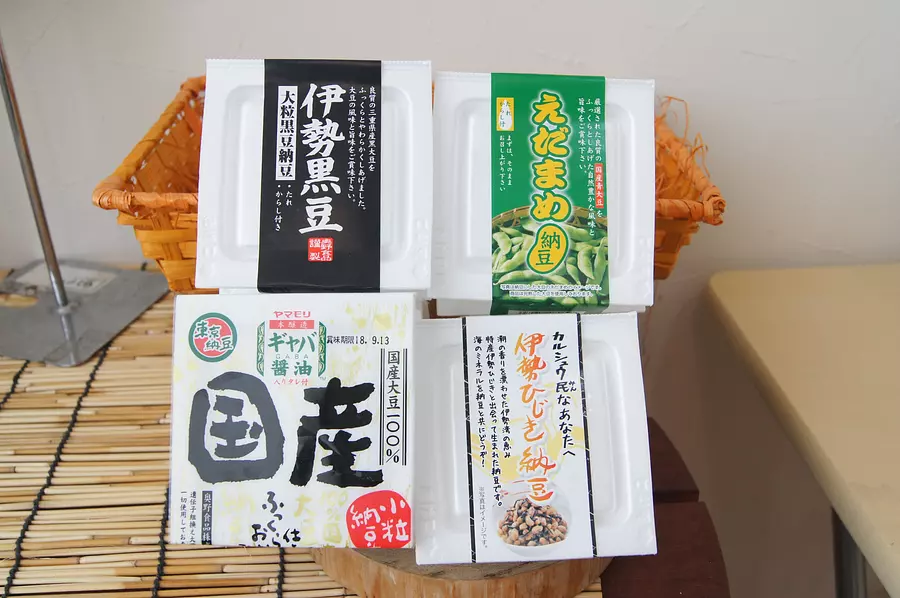
Attracted by its rarity, I purchased "Edamame Natto" (324 yen/tax included/top right of the photo) and "Ise Hijiki Natto" (324 yen/tax included/bottom right of the photo).
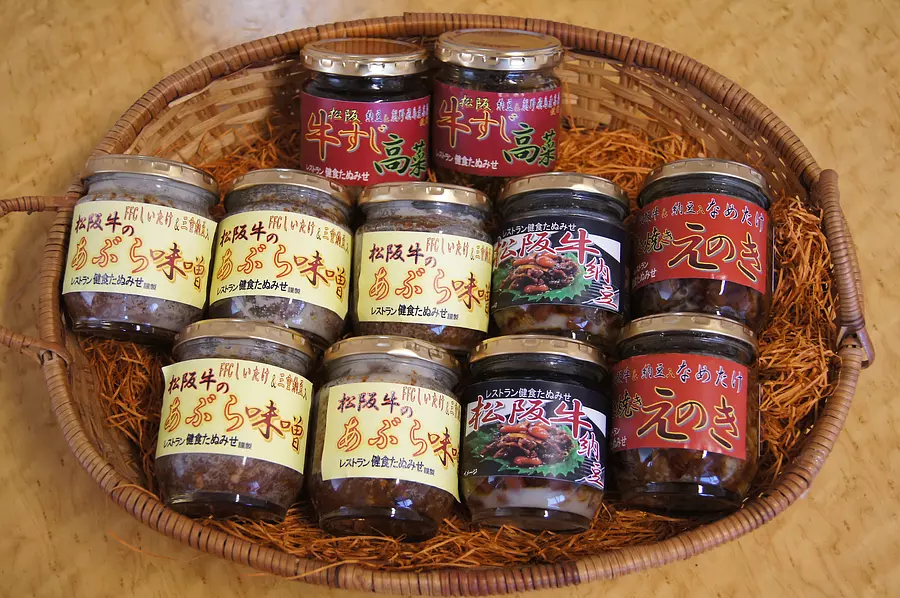
Since this product lasts for a long time, it is also recommended as a souvenir! ``Machi no Eki Tanumise Natto Factory'' is perfect for ``natto fans'' with experiences, factory tours, and meals.
By experiencing natto making, I was able to reaffirm the appeal of natto as ``Japan's national food.'' Get some trivia that you'll want to share with your family and friends.
Please take a look at the natto from Okuno Foods, which is packed with special care!
[Machi no Eki Tanumise Natto Factory]
Address: 698–3 okurodacho MatsusakaCity
Phone number 0598-21-2096
Official URL http://www.nattouya.com
Closed Wednesdays *Irregular holidays on Saturdays and Sundays.
Access: Approximately 15 minutes from Ise Expressway “Matsuzaka” IC
Parking available (free/7 spaces, 2nd parking lot: 10 spaces)
*Information as of February 2019. Business hours and prices are subject to change, so please contact the facility for the latest information.
[Special feature on recommended sightseeing in Mie]
〇Mie gourmet special feature! Introducing recommended restaurants ranging from spiny lobster and Matsusaka beef to local soul food!
〇Okage Okage-yokocho special feature! Introducing 30 popular spots for gourmet food, souvenirs, and experiences in detail.
〇Go out in Mie Prefecture with your kids! Introducing 33 spots where you can have fun with your family
〇Special feature on recommended seafood bowls from Mie Prefecture! Introducing 13 recommended restaurants that you definitely want to try♪
| Category | |
|---|---|
| season | |
| area |

